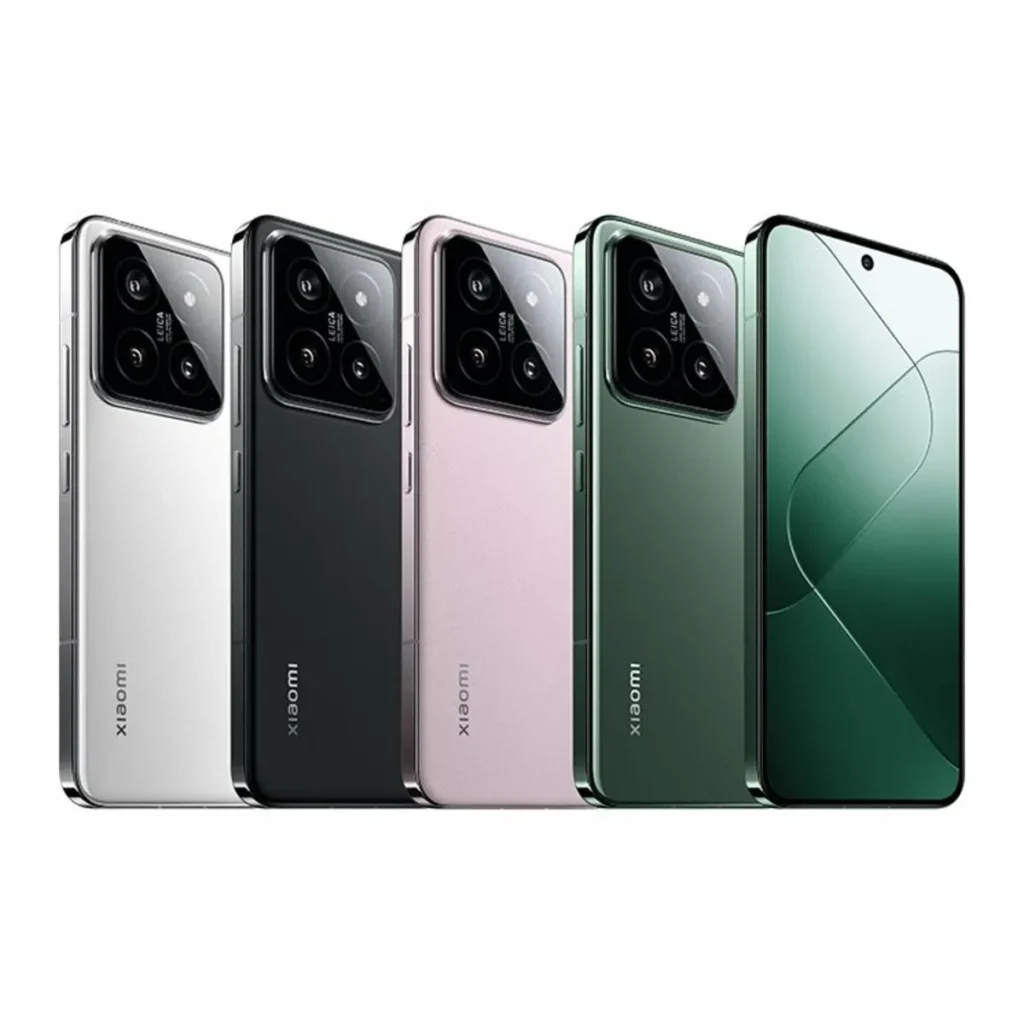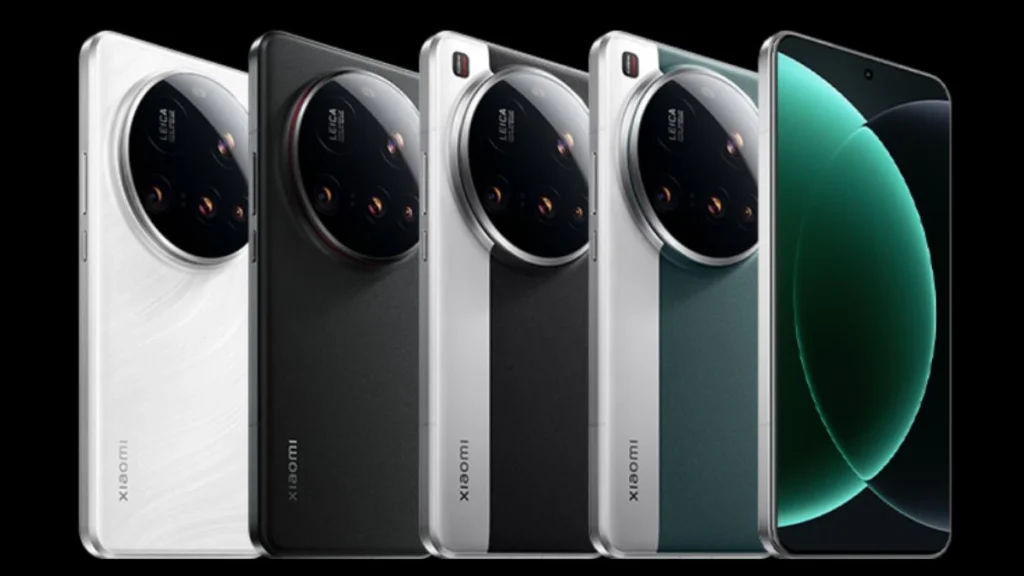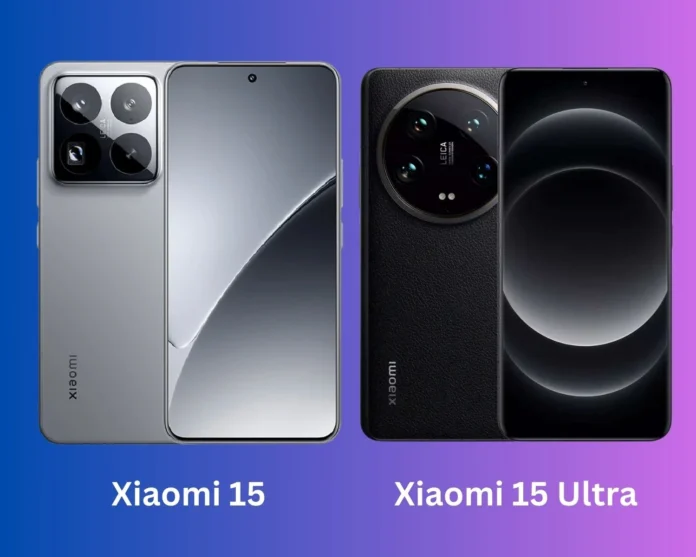Xiaomi 15 Series: A Leap in Smartphone Innovation
Xiaomi has officially unveiled its latest flagship lineup, the Xiaomi 15 series, just ahead of MWC 2025 in Barcelona. The series consists of the compact Xiaomi 15 and the premium Xiaomi 15 Ultra, both featuring Leica-tuned cameras. As the partnership between Xiaomi and Leica enters its fourth year, the focus remains on delivering top-tier imaging technology. So far, the collaboration has resulted in 21 jointly developed products spanning five regions and over 100 countries.
While the India pricing remains undisclosed, it is expected to be revealed on March 11. In Europe, the Xiaomi 15 starts at EUR 999 (approximately ₹91,000), while the 15 Ultra is priced at EUR 1,499 (around ₹1,36,000). Given these prices, they are anticipated to be positioned similarly to their predecessors.
Xiaomi 15: Compact Yet Powerful
The Xiaomi 15 maintains the compact form factor of its predecessor while incorporating significant upgrades. Weighing under 200 grams and measuring 8.08mm thick, the phone is designed for easy one-hand usability. The aerospace-grade aluminum frame ensures durability, while the smooth edges enhance the overall hand feel.

Display and Design
- 6.36-inch AMOLED display with 3200 nits peak brightness
- 120Hz refresh rate for smoother visuals
- Ultra-thin bezels for an immersive viewing experience
- IP68 rating for water and dust resistance
- Available in Black, Green, and White
One of the standout additions is the Ultrasonic fingerprint sensor, which offers enhanced security and responsiveness.
Performance and Battery
Powered by Qualcomm’s Snapdragon 8 Elite, the Xiaomi 15 is designed to deliver flagship-level performance. The 5240mAh battery ensures extended usage, while 90W HyperCharge technology facilitates rapid charging.
Camera System
- 50MP Light Fusion 900 primary sensor (f/1.62, OIS)
- 50MP 60mm floating telephoto sensor
- 50MP ultra-wide sensor (115-degree field of view)
- 32MP front camera for high-resolution selfies
- Sunset Portrait Mode and enhanced Leica imaging styles
The initial camera tests have shown impressive results, particularly with the new portrait mode enhancements.
Xiaomi 15 Ultra: The Ultimate Camera Powerhouse
Designed for professional photographers, the Xiaomi 15 Ultra is a direct competitor to Vivo X200 Pro and aims to cater to the ultra-premium segment. With a bigger rear camera housing and aerospace-grade glass fiber build, the device exudes a premium look and feel.

Display and Build
- 6.73-inch WQHD+ AMOLED display
- 3200 nits peak brightness, 120Hz refresh rate, HDR10+, and Dolby Vision
- Four-sided symmetrical curved glass for a comfortable grip
- Available in Silver Chrome, White, and Black
- IP68 rating for enhanced durability
Weighing 229 grams, the device feels solid and premium.
Performance and Battery
Powered by Snapdragon 8 Elite SoC, the Xiaomi 15 Ultra ensures top-tier performance with seamless multitasking. The device includes:
- 16GB RAM and 512GB storage
- 5410mAh battery
- 90W HyperCharge wired charging
- 80W wireless charging
Camera Excellence
The Xiaomi 15 Ultra features an advanced quad-camera setup:
- 50MP primary sensor (1-inch, f/1.63 aperture, OIS)
- 200MP telephoto sensor for long-range zoom
- 50MP floating telephoto sensor
- 50MP ultra-wide sensor
- 32MP front camera for high-quality selfies
The device retains the Leica-style imaging enhancements for professional-level photography.
AI and Software Enhancements
Both models run on Xiaomi HyperOS 2, based on Android 15, and introduce a suite of AI features. Additionally, the integration of Google Gemini broadens the smartphone’s AI capabilities, providing users with smarter and more efficient functionalities.
Final Thoughts
The Xiaomi 15 series presents a substantial upgrade over its predecessors, particularly in camera performance, AI features, and battery life. While the Xiaomi 15 caters to users who prefer a compact flagship, the 15 Ultra is built for those seeking top-tier photography and cutting-edge technology.
Stay tuned for a comprehensive review, where a deeper analysis of performance, display quality, and real-world camera capabilities will be explored.


